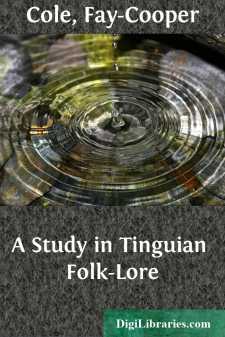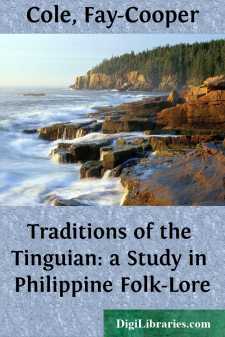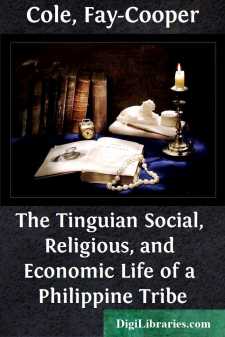Categories
- Antiques & Collectibles 13
- Architecture 36
- Art 48
- Bibles 22
- Biography & Autobiography 813
- Body, Mind & Spirit 142
- Business & Economics 28
- Children's Books 17
- Children's Fiction 14
- Computers 4
- Cooking 94
- Crafts & Hobbies 4
- Drama 346
- Education 46
- Family & Relationships 57
- Fiction 11829
- Games 19
- Gardening 17
- Health & Fitness 34
- History 1377
- House & Home 1
- Humor 147
- Juvenile Fiction 1873
- Juvenile Nonfiction 202
- Language Arts & Disciplines 88
- Law 16
- Literary Collections 686
- Literary Criticism 179
- Mathematics 13
- Medical 41
- Music 40
- Nature 179
- Non-Classifiable 1768
- Performing Arts 7
- Periodicals 1453
- Philosophy 64
- Photography 2
- Poetry 896
- Political Science 203
- Psychology 42
- Reference 154
- Religion 513
- Science 126
- Self-Help 84
- Social Science 81
- Sports & Recreation 34
- Study Aids 3
- Technology & Engineering 59
- Transportation 23
- Travel 463
- True Crime 29
The Wild Tribes of Davao District, Mindanao The R. F. Cummings Philippine Expedition
by: Fay-Cooper Cole
Categories:
Description:
Excerpt
HABITAT.
The west coast of Davao Gulf between Daliao and Digos is dotted with small villages, the inhabitants of which are largely Bagobo who have been converted to the Christian faith and have been induced to give up their mountain homes and settle in towns. Back of this coast line rise densely timbered mountain peaks, lateral spurs from which often terminate in abrupt cliffs overlooking the sea. From other peaks extensive grass covered plains slope gently down nearly to the water's edge. Deep river canons cut between these mountains and across the plains, giving evidence of active erosion for a long period of time. If these mountain chains and river courses are followed back it is found that they all radiate from one stupendous mass, the center of which is Mt. Apo, the highest mountain in the Philippines and reputed to be an active volcano. Near to its summit is a deep fissure from which, on clear mornings, columns of smoke or steam can be seen ascending, while the first rays of the rising sun turn into gold, or sheets of white, the fields of sulphur which surround the cone.
Along the lower eastern and southern slopes of this mountain and its tributary peaks live the wilder branch of this tribe, whose traditions, religious observances, and daily life are closely related to the manifestations of latent energy in the old volcano.
The exact number who fall under this classification is not known, Governor Bolton, who was intimately acquainted with the wild tribes of the District, estimated their number at sixty-five hundred, but this count did not include the sub-division here given as Obo. One enumeration, made by a Jesuit missionary, places the population at fifteen thousand, while the Government report of 1900 gives them eighteen thousand four hundred. The latter estimates are certainly excessive. It is probable that they were determined by compiling the population of villages reported to exist in the interior.
The wilder members of this tribe are, to a certain extent, migratory, moving their villages from one location to another according to the demands of their mode of agriculture. Their rice fields are made in mountain-side clearings, and as the ever present cogon grass[1] begins to invade the open land they substitute sweet potatoes or hemp. In time even these lusty plants give way to the rank grass, and the people find it easier to make new clearings in the forest than to combat the pest with the primitive tools at their command. This results in some new fields each year, and when these are at too great a distance from the dwellings the old settlements are abandoned and new ones formed at more convenient locations.
[1] Imperata koenigii.
It is probable that the total number belonging to this tribe does not exceed ten thousand persons.
INFLUENCE OF NEIGHBORS:—HISTORY.The influence of the neighboring tribes and of the white man on the Bagobo has been considerable. The desire for women, slaves, and loot, as well as the eagerness of individual warriors for distinction, has caused many hostile raids to be made against neighboring tribes....





